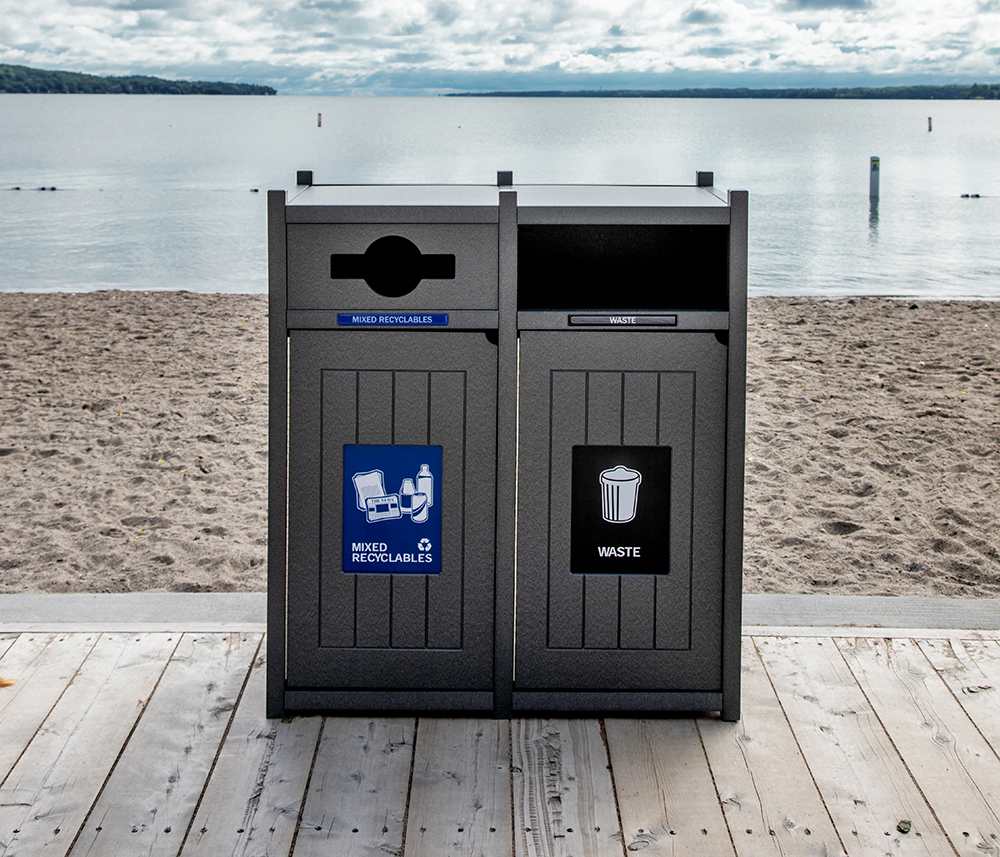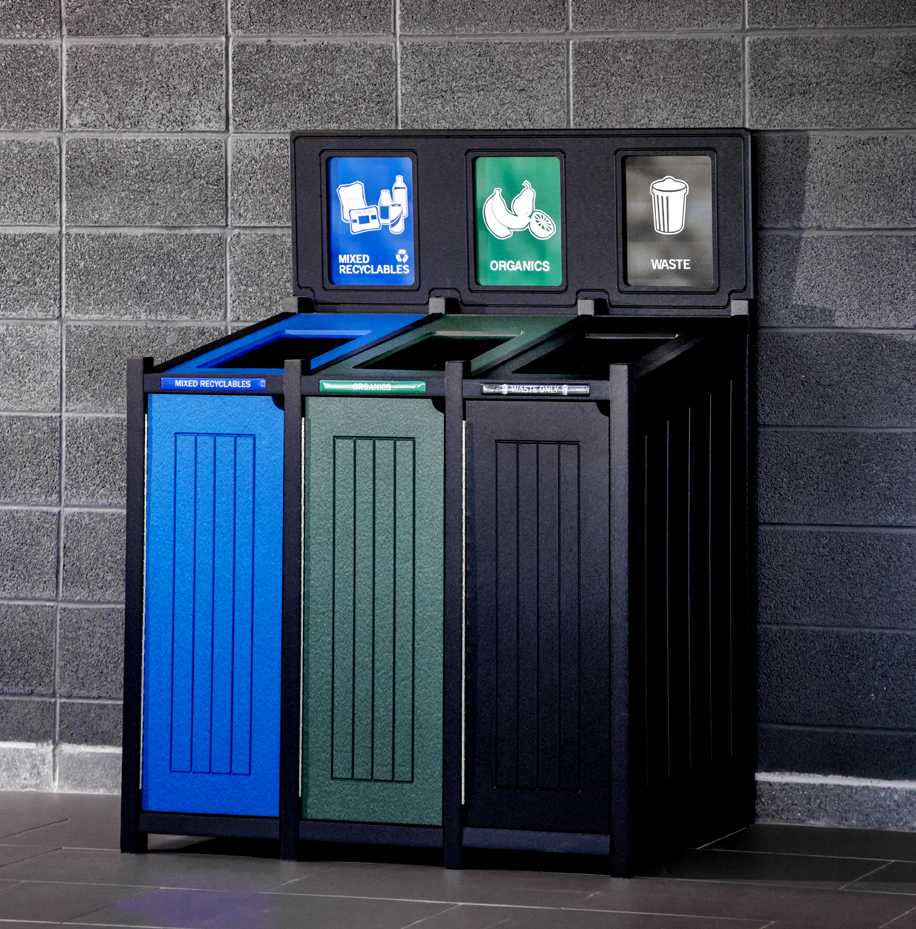For over 100 years, the United States has protected the environment. Let’s take some time to look at the history of environmental initiatives in the U.S and see how they have impacted the environment in positive ways.
1872
President Ulysses S. Grant forms Yellowstone National Park, which is the first National Park in the United States. This opened the door for other National Parks and as of today, the U.S has over 400 National Parks!
1916
The National Park Service is created by President Woodrow Wilson on August 25th. The Service was tasked to protect the 14 national parks and 21 national monuments the U.S had and any future National Parks. This mission has continued on to this day.

1948
The Federal Water Pollution Control Act of 1948 is implemented and it is the first Act to deal with water pollution in the United States. This Act will become the Water Quality Act in 1965 and then the Clean Water Act in 1972. As this Act changes, it will continue to deal with water pollution, increase public awareness and will set water quality standards.
1951
The Nature Conservancy, a nonprofit organization, is established on October 22, 1951. It is located in Washington and its goal is to protect bodies of water and land worldwide.
1955
The first Act for air pollution is released on July 14, 1955, thusly named Air Pollution Control Act. This Act will be amended in 1962 and officially passed in 1963.
1966-1967
The first legislation for Endangered Species is passed and shortly after in 1967, the first Endangered Species list will be released including species such as the American Bald Eagle.

1970
On January 1st, 1970, President Nixon forms the National Environmental Policy Act. This Act makes it mandatory for federal agencies to look at the environmental impact of actions before making a decision. For example, before starting a construction project like building a highway, the environmental impact must be considered.
The first Earth Day is held on April 22, 1970. This will become an annual worldwide celebration. On this day, the United States celebrated clean air, land, and water because in 1970 many Acts are introduced or improved to help protect the environment.
The National Oceanographic and Atmospheric Administration (NOAA) is formed on October 2, 1970. This administration’s mission is to monitor the oceans and to prevent resources from being used in an unsustainable way.
The Environmental Protection Agency (EPA) is formed on December 2, 1970. The EPA’s mission is to protect humans and the environment from any risks, enforce regulations and work towards solving environmental problems. EPA will improve the current Acts in place and will introduce new regulations that will help protect the environment.
1971
The Bottle Bill is introduced in Oregon. For every bottle that is returned, people will receive a nickel. This will help improve recycling rates of beer and soda bottles. The Bottle Bill will expand to other states in the future.

1972
The Great Lakes Water Quality Agreement is formed between the United States and Canada on April 15, 1972. The agreement’s goal is to protect and improve the water quality of the Great Lakes.
The pesticide DDT is banned by the EPA due to health concerns on June 14, 1972. DDT originally was developed to fight malaria and typhus but at the time it was also used for insect control in farm crops. DDT was the first man-made insecticide. It was banned to due to health concerns for the environment and humans. Animals exposed to DDT developed tumors and it is now considered a probable human carcinogen.
On October 23, 1972, the Ocean Dumping Act is formed which prevents dumping of anything that would harm human and ocean health. This Act’s main goal is to help reduce water pollution.
1974
University City, MO, offers a curbside recycling program for its citizens. They are one of the first municipalities in the U.S to offer a curbside recycling program.
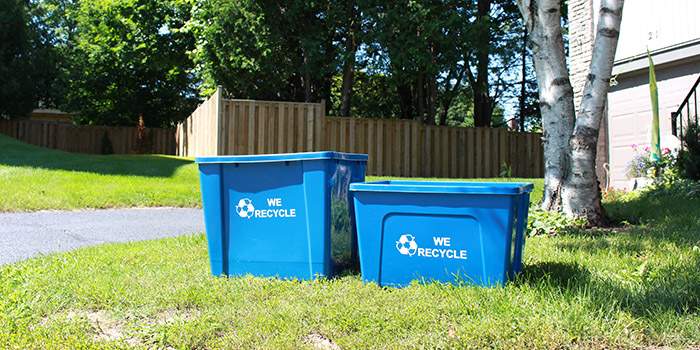
1975
Two common lawn pesticides, heptachlor and chlordane are banned. These pesticides have caused cancer in animals and because of this, they are both banned and deemed a cancer hazard.
1978
Before 1978, Chlorofluorocarbons (CFCs) were commonly used in aerosol products. This includes hairspray and deodorant. Many companies had already started phasing out CFCs, but October 15, 1978, the phase-out becomes mandatory by the U.S government. They were phased out because they caused damage to the ozone layer. Other countries started to phase out CFCs around this time as well. This phase-out will be completed by 1996.
1981
Recycling becomes mandatory in Woodbury, New Jersey. They are the first city in the country to mandate recycling.
1986
Protecting endangered wetlands becomes a high priority for the EPA. Wetlands are home to awide variety of animals and plants including many on the endangered and threatened list. Wetlands also provide natural protection from flood. They are just as important to the world as coral reefs and rainforests. These factors contribute to the decision to focus on wetlands protection.
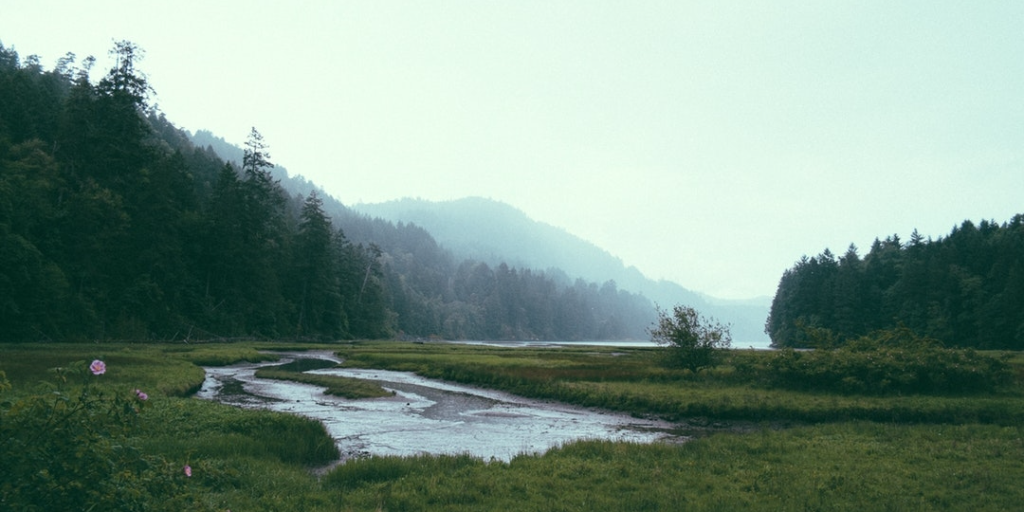
1987
The United States joins the Montreal Protocol on September 16, 1987. The Montreal Protocol goal was to phase out chemicals that were causing ozone depletion. These chemicals included CFCs, halons and many other industrial chemicals.
1990
The National Environmental Education Act is formed with a mission to educate students and teachers about the environment. There is a push to support environmental education programs and encourage youth to help the earth by looking into environmental focused careers.
1992
The EPA and the U.S Department of Energy create the Energy Star Program on June 17, 1992. This program helps identify energy efficient products that will help the environment and save money. Since its creation, many other countries have started to use this standard, including Canada, European Union, and Australia.
1996
On January 29, 1996, the 25-year long phase-out of lead in gasoline is finally accomplished. This will help improve air quality and prevent lead poisoning in future generations.
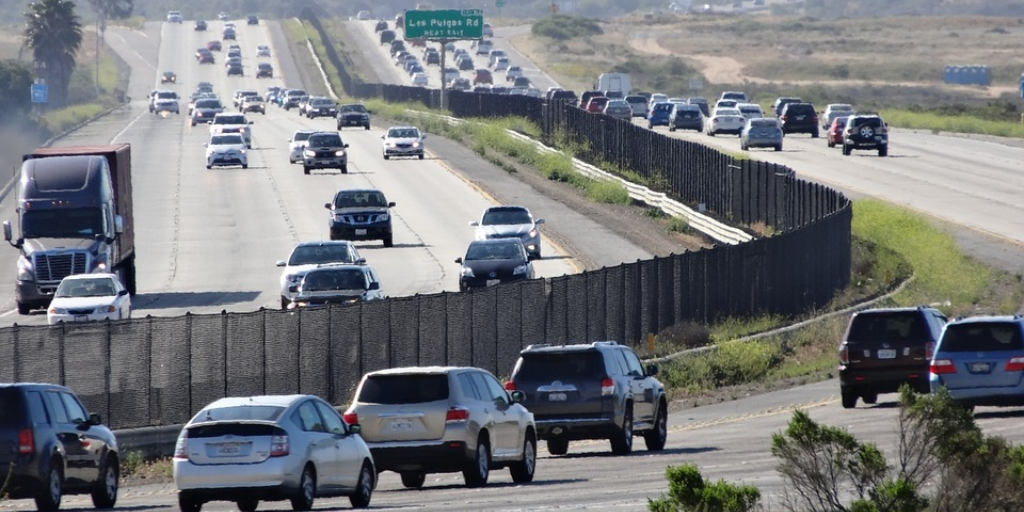
1997
The United States and Canada partner together to create a plan to remove toxic substances and to clean up the Great Lakes.
2007
E-waste is a growing problem, to fight this, five states pass laws making it mandatory for electronics to be recycled instead of being thrown out in the garbage.
San Francisco bans plastic bags in grocery stores. They are the first city in the U.S to do so.
2013
On June 25, 2013, President Obama introduced a new climate change plan that will focus on cutting down carbon pollution, preparing for the impacts of climate change and providing international help.
2015
California is the first state to ban plastic bags in grocery and convenience stores.
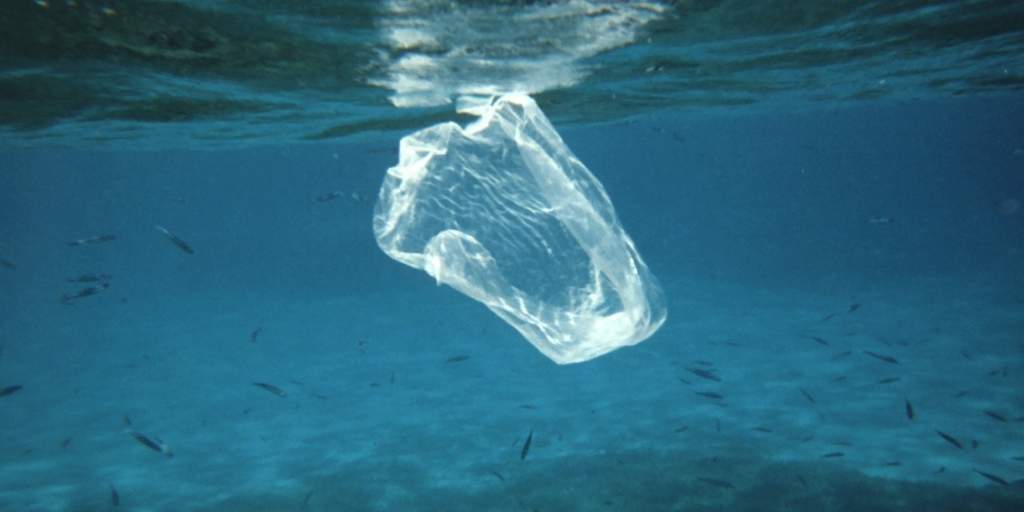
2017
In 2017, the Climate Alliance is formed. This Alliance includes 14 states that are working together to meet goals that are in line with the Paris Agreement. The Climate Alliance focuses on advancing clean energy and decreasing greenhouse gasses while creating jobs. The Climate Alliance will ensure the U.S continues to move forward in climate change initiatives.
It is challenging to cover everything the United States has done to help protect the environment and their citizens’ health. However, these selected milestones give a good idea of the history of the United States and its battle with climate change. It’s time to continue to fight climate change in our daily lives by recycling, reducing our carbon footprint and reducing water consumption. Everyone working towards beating climate change will create a healthier and eco-friendly country!
Sources
- http://www.pbs.org/wgbh/americanexperience/features/earth-days-modern-environmental-movement/
- https://www.epa.gov/laws-regulations/history-clean-water-act
- https://www.usclimatealliance.org/
- https://www.epa.gov/history#timeline
- http://www.encyclopedia.com/earth-and-environment/ecology-and-environmentalism/environmental-studies/environmental-movement
- https://www.nps.gov/aboutus/faqs.htm
- https://www.nps.gov/parkhistory/hisnps/NPSHistory/timeline_annotated.htm
- http://www.unido.org/montreal-protocol.html
Did you find this Page helpful?
















